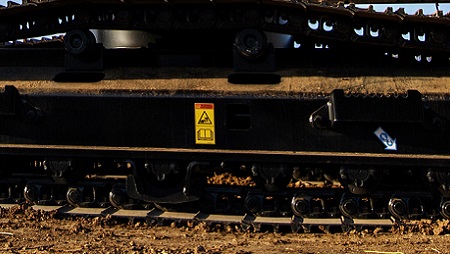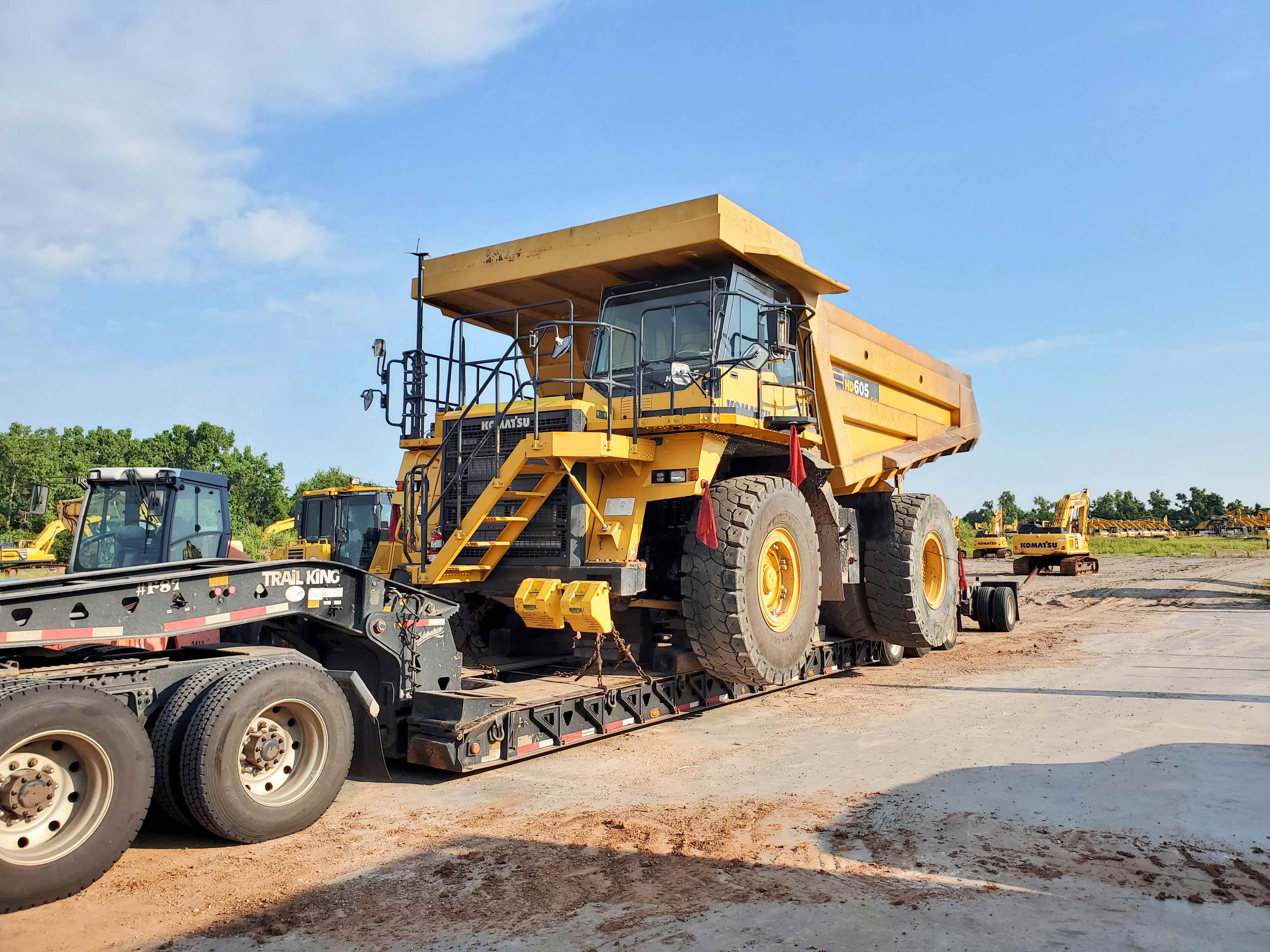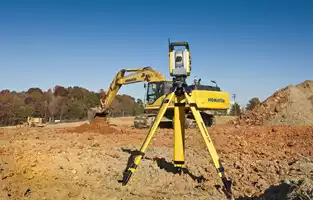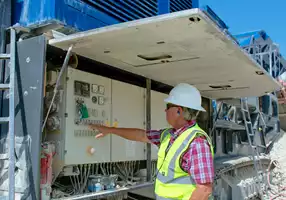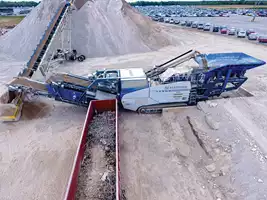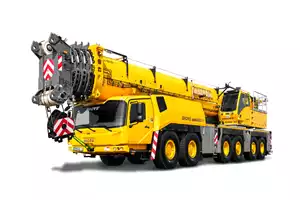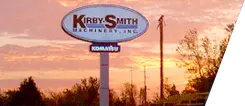Adjusting Tension
Improper tension
Loose tracks can detrack. Over-tightening can cause power loss, excessive roller and idler wear, and could tear the tracks. Refer to your operator’s manual for track inspection and tensioning procedures.
How to adjust
Track tension is controlled by a track adjuster located behind the front idler. Tension adjustments are made by pumping or draining grease through the track adjuster valve. Even small adjustments in track sag have a big impact on tension. A change in sag from 1' to 0.5' increases tension by about 3,000 pounds. Refer to your operator's manual for specific information on how to adjust the track tension of your machine.
Inspect adjuster valve periodically
Make sure your adjuster valve is working properly by visually inspecting it periodically. If the valve shows signs of leakage, bring your machine in for repair as soon as possible. Leakage can lead to a loss of track tension and increased wear.
Match Tension to Operating Conditions
Adjust track tension on-site
Make tension adjustments on the jobsite rather than in the shop. Track tension may increase if the sprocket and chain are packed with mud or other materials. A track that is properly tensioned in the shop may become too tight when packed with mud.
Test packing conditions before adjusting
To match track tension with the specific packing conditions of the jobsite, run your machine for a short while on the jobsite, then make the necessary adjustments.
Make frequent adjustments
Changes in weather can alter the packing conditions of the jobsite throughout the day. Making tension adjustments in response to these changes can help reduce track wear and costs.
Do not operate your machine if the tracks are frozen
Wait for the weather to improve if your tracks become frozen. If you try to use power to force the tracks to move you might destroy them.
Operation
Avoid abrupt turns and high speeds
Do not make abrupt turns, because they place unnecessary stress on the track and undercarriage. Continuous turning to the same side can cause asymmetrical wear. Higher speeds cause more wear on the undercarriage. Use the slowest possible operating speed for the job.
Avoid excessive reverse operation
Do not operate in reverse unless necessary. Reverse operation wears tracks up to three times as quickly as forward operation. High-speed reverse is particularly destructive to tracks and undercarriage components.
Inspection
Have your undercarriage inspected annually by a trained technician to catch problems early before they lead to unnecessary damage.
Go here to request service!
Come see our showroom of Excavators!

